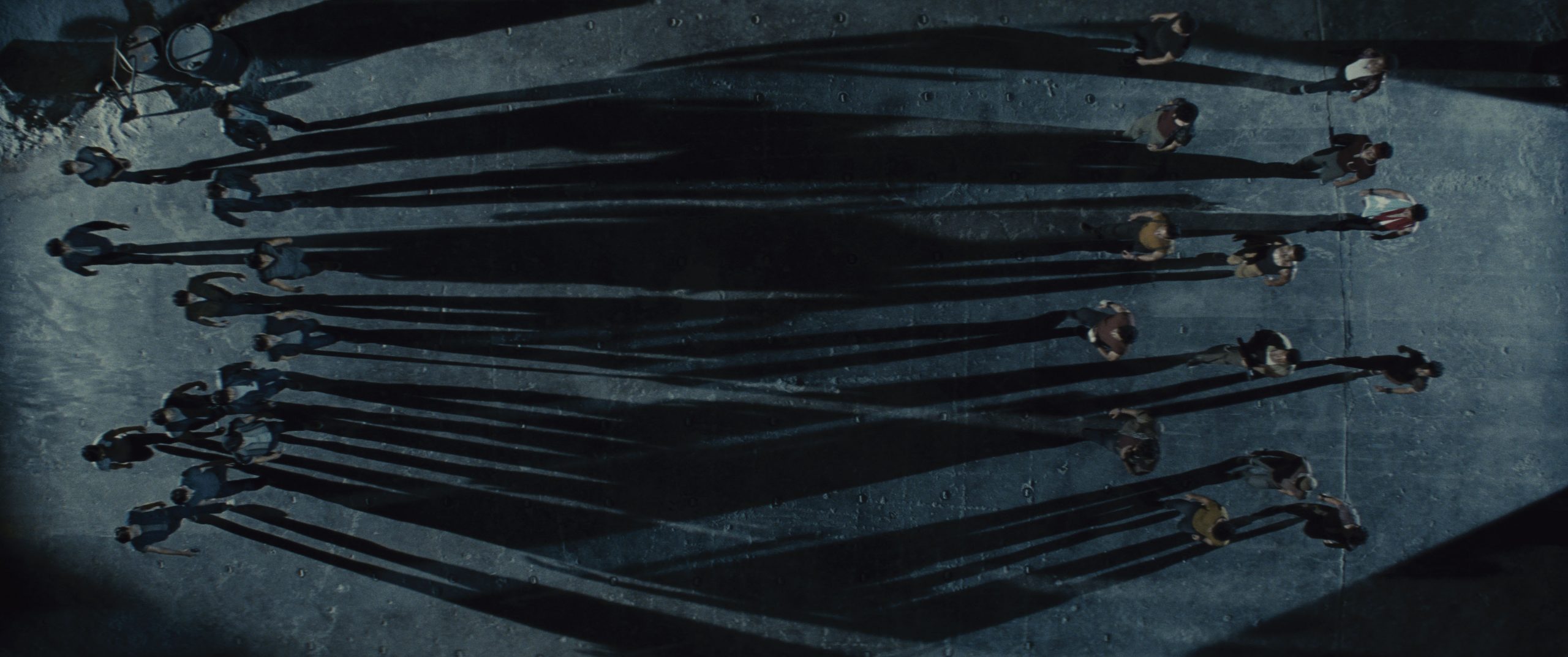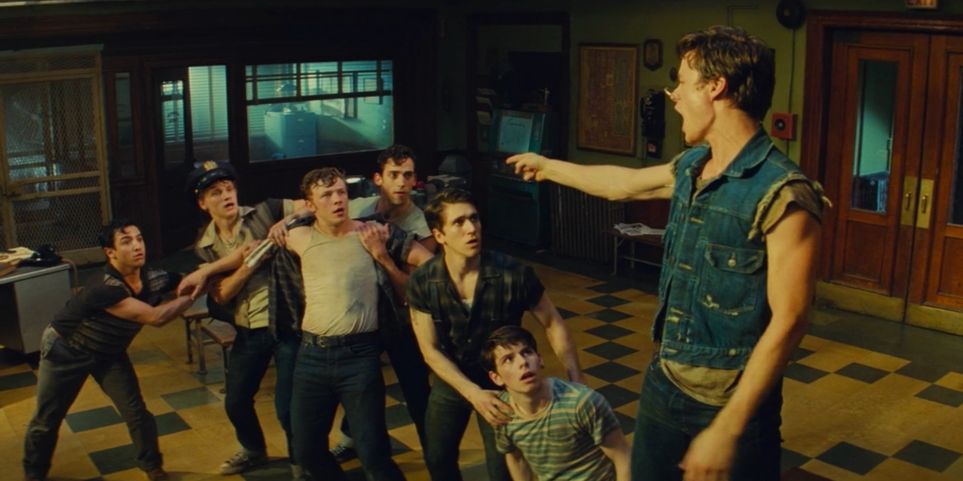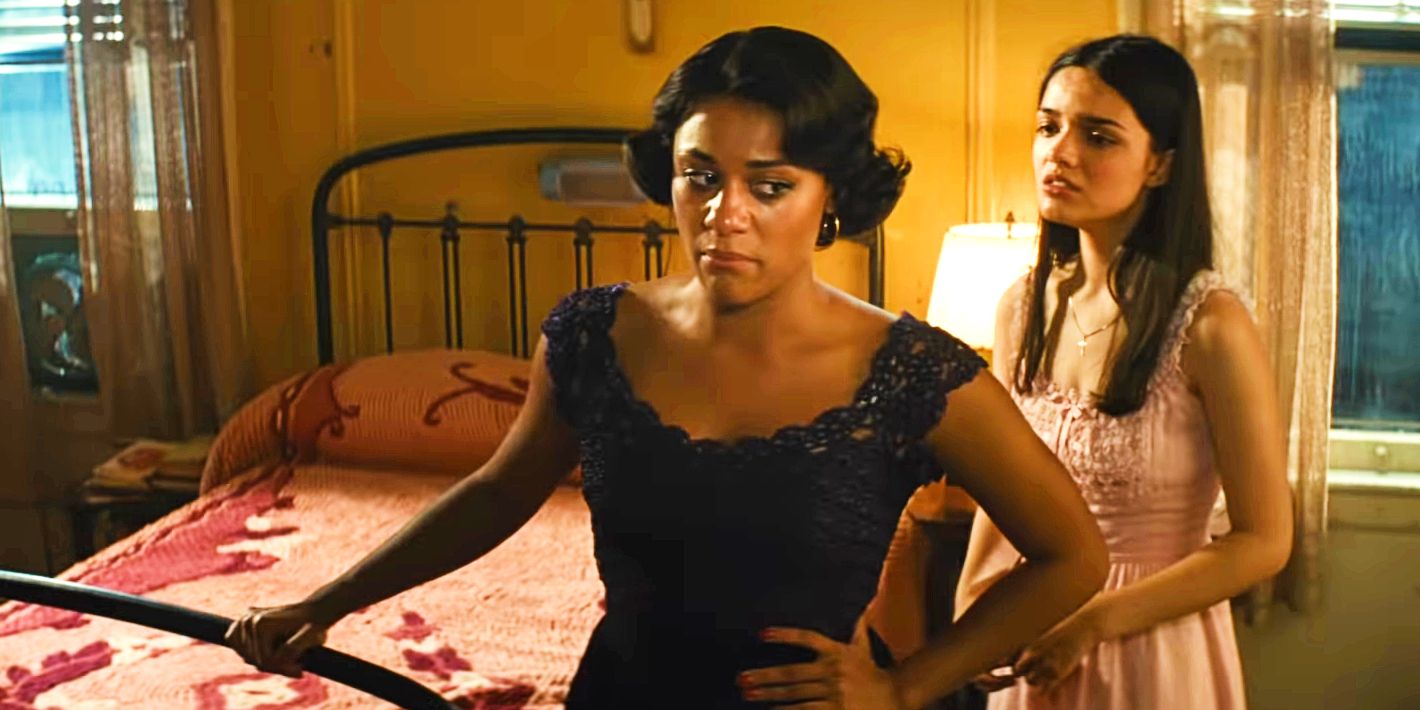West Side Story (2021): a disturbing sense of déja-vu...
Steven Spielberg’s West Side Story: just another reboot or a prophetic haunting?
It should concern audiences that the issues central to West Side Story have continued to be prevalent to this day - so much so that a remake of the film was deemed viable. Modern audiences can continue to appreciate the tense relations between communities, whether or not those communities specifically reflect those depicted in the film. The fact that modern audiences can still recognise the real lived consequences of warring communities, particularly on the basis of racial and cultural differences, does not bode well. Close continuities between the original West Side Story film from 1961 (itself adapted to screen from Arthur Laurents’ 1957 stage musical) seems to suggest that the world really hasn’t changed much in sixty years. People still fight over territory they have claimed as theirs de facto, and cycles of poverty have remained just that - a circular trap.
Steven Spielberg’s West Side Story is set in the same era as the original, and carries through largely the same aesthetics and stylisation: the gritty, dirty streets of 1950s New York, where racism is rife and deprivation is the way of life. In a way, it seems that by returning to the aesthetics of the original film, anachronism is encouraging audiences to view the film as something separate from the times we live in. If we follow that line of thought, the film is then a work of escapism - a period drama, if you will - asking us to consider the content in relation to the historical moment it depicts; any similarities to our lives are mere coincidence, because the film exists in its particular time, place, and context, not ours. I reject that line of thinking.
How can we possibly ignore the blaring resonances to our modern society? It’s no secret that racial tensions, in the US in particular, have been particularly clear in recent years. Not long ago the Black Lives Matter movement swept into our lives, and immigration and refugee crises continue to be prevalent across the world. Again we have to ask, how can we not locate the film’s issues and concerns in contemporary contexts?
Film has the power to teach us things, and maybe the lesson we can take from Spielberg’s West Side Story is that some things never change. I mean this on many different levels. The story at the core of the film, and the original stage production, is a timeless one that has been retold, redesigned, reoriented, reframed countless times over. The story of the star-crossed lovers never seems to get old, quite like its main protagonists. In line with this, retelling stories to fit the times we live in is an age-old practice, and one that I imagine will continue as long as there are storytellers and audiences.
In another vein, the continuity in the films’ themes - the devastation of deprivation and poverty, the danger of discord and undue hatred, the overwhelming power of love and passion - speak to something that is apparently universal. These ideas are just as relevant (perhaps more so) in our contemporary moment as they were back in the 1960s, and that’s quite a depressing thought, when you consider how the story ends.
Still, perhaps we can take something positive from these observations. At the end of the day, Spielberg has given new life to West Side Story by introducing it to new audiences in a new century. West Side Story is a powerful portrait on human suffering, not just in 1950s New York. But whether Spielberg’s film intends to exist simply as a remake of the 1961 film or whether it’s trying to light sparks of recognition in its audience is besides the point. As audiences, we can interpret what we like. That is art’s beauty. As cohabitants in the modern world, it’s difficult not to apply the art we consume to the life we see and experience around us, and vice versa. Spielberg’s West Side Story is an example of how art can be purely for the purpose of creating (or recreating) work, for the sake of imagining alternative ways to depict the same ideas, and also a highly politically charged and contemporary statement. Art exists both in its particular moment and in the great expanse of time, space and history.



Comments
Post a Comment